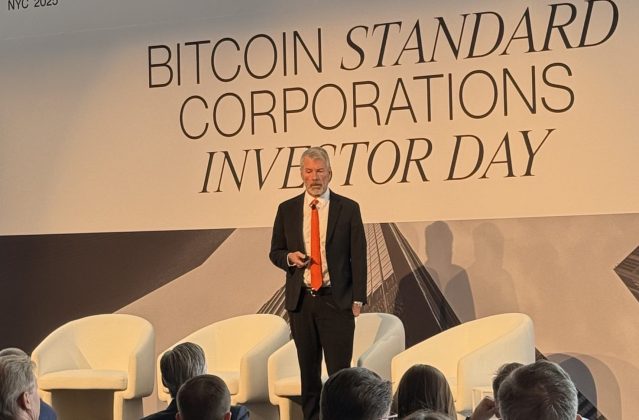Hard forks are generally considered as a security hazard by the Bitcoin community as they could lead to a split chain, the formation of new digital currency and persistent community dispute. ZCash CEO Zooko Wilcox explains the definition of a future friendly fork and how hard forks could be beneficial in some cases.
In the past, particularly Ethereum, the cryptocurrency community has seen many occurrences of hard forks. Wilcox notes that the danger of a hard fork can be analyzed with the two questions:
Does it result in two (persistent) separate branches of the original Blockchain?
Does it result in community schism?
Based on the answers to the two questions, one can easily analyze the danger of a certain hard fork and if the community or the market must approve the fork in order to make major changes to the Bitcoin Network.
The case of Ethereum Classic
Hard forks of Ethereum are unique in a way that they both belong to each one of the two questions. The hard fork executed by Ethereum Classic resulted in two separate branches of the original Blockchain, with both of them having considerable market caps, user base and activity.
Recently, the Ethereum Classic development team also executed a hard fork of their own, to move away from Ethereum’s original inflationary monetary policy to a deflationary monetary policy.
In regards to the decision, the Ethereum Classic development team wrote:
“In order to further Ethereum Classic’s vision, the community needs to adopt a monetary policy that balances the long-term interests of investors, developers, and business operators. We will continue to work with the Ethereum Classic protocol development community to develop, in public, a safe hard fork procedure based on the proposed monetary policy.”
The monetary policy hard fork of Ethereum Classic represents a hard fork which doesn’t create separate branches of the Ethereum Classic Blockchain and doesn’t lead to community schism. Thus, according to Wilcox’ chart of the hard fork, the Ethereum Classic monetary policy hard fork is an example of a healthy and secure hard fork.

Evaluating Bitcoin Unlimited with the same method and principle
The execution of the Bitcoin Unlimited hard fork would be marked as a dangerous and unsecure hard fork as it leads to both community schism and two persistent and separate branches of the original Bitcoin Blockchain.
If two Bitcoins are created and the argument of the Bitcoin Unlimited supporters is to appeal to a larger user base and gain mainstream adoption, it will be much more difficult to explain what Bitcoin is if there are two units of it.
More importantly, if the two chains continue to exist, users will have to use both Bitcoin and Bitcoin unlimited tokens to settle transactions, which could lead to a major confusion.
Soft forks are less dangerous in the sense that they don’t lead to separate branches of the original Bitcoin Blockchain. They could lead to community schism but generally, soft forks aren’t designed to make major changes to the protocol.
ZCash hopes to execute friendly hard forks in the future if they are necessary and the ZCash development team including Wilcox wants the community to evaluate hard forks for what they are and the benefits they can bring to the network.
Wilcox said:
“I hope that, when that time comes, the Zcash community fills in the unoccupied space in the matrix above, deploying different technologies, well-fitted to different needs, but continuing to be tolerant and cooperative with one another, to the benefit of all.”







